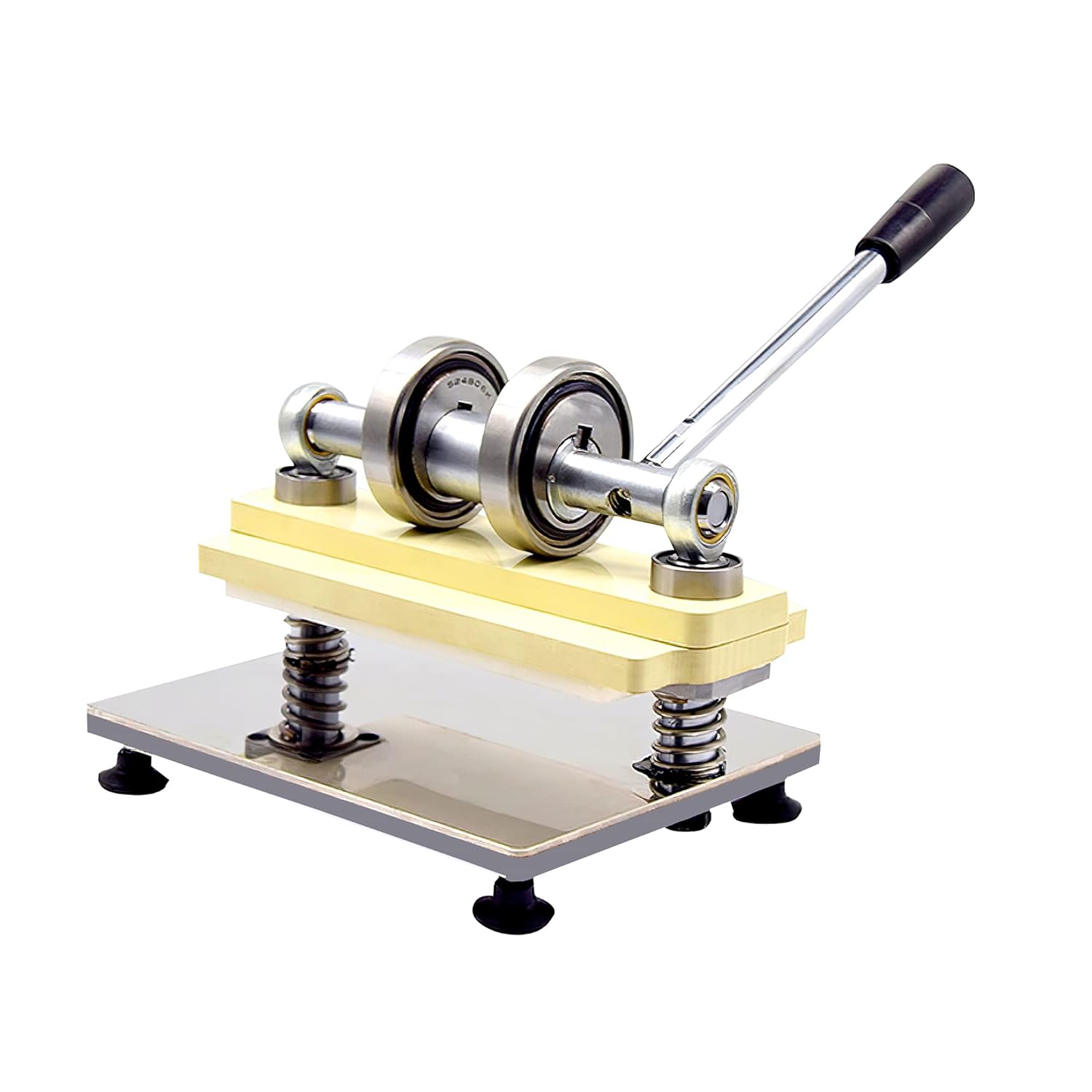The Power of Laser Technology in Cutting Machines

Cutting Machines: In the modern manufacturing landscape, laser technology has emerged as a pivotal tool, revolutionizing the way materials are cut, engraved, and shaped. The integration of lasers into cutting machines has not only improved precision but has also expanded the possibilities of what can be achieved in various industries including metal fabrication, textiles, and electronics. This exploration into laser-cutting machines sheds light on their functionality, advantages, types, and applications, offering a comprehensive overview of their role in today’s industrial sector.
Understanding Laser Cutting
Laser cutting is a technology that utilizes a high-powered laser beam to cut materials with exceptional accuracy and speed. The process begins with directing the laser beam through a nozzle to the workpiece. As the laser interacts with the material, it melts, burns, vaporizes, or is blown away by a jet of gas, leaving a smooth, high-quality finish. The intricacy and precision afforded by laser cutting are unparalleled, making it an indispensable method in precision manufacturing.
Advantages of Laser Cutting Machines
One of the most significant benefits of using laser-cutting machines is their precision. They can create intricate cuts and engravings that are impossible to achieve with traditional mechanical cutting tools. Furthermore, the non-contact nature of laser cutting reduces the risk of material contamination and damage, ensuring that even the most delicate materials can be processed safely.
Speed is another hallmark of laser technology. Laser-cutting machines can complete tasks much faster than conventional cutting methods, significantly reducing production times. Additionally, the flexibility offered by lasers means that the same machine can cut various materials and shapes without the need for tool changes, streamlining the manufacturing process.
The efficiency and reduced waste generated by laser-cutting machines also contribute to their appeal. The precision of laser cutting means less material is wasted, which is not only cost-effective but also environmentally friendly. Moreover, the digital control of laser machines allows for easy adjustments and customization, making them suitable for both large-scale production and small, bespoke projects.
Types of Laser Cutting Machines
Laser cutting machines are categorized based on the type of laser used, each with its unique properties and applications:
- CO2 Lasers: Ideal for cutting, engraving, and etching non-metallic materials such as wood, acrylic, glass, and leather. They are widely used in the signage, packaging, and fashion industries due to their versatility.
- Fiber Lasers: Best suited for processing metals like steel, aluminum, and copper. Fiber lasers are highly efficient, offer excellent cut quality, and have lower operating costs, making them popular in the metal fabrication and automotive sectors.
- Nd: YAG and Nd: YVO4 Lasers: These are solid-state lasers used for both metal and non-metal materials. They are less common than CO2 and fiber lasers but are useful for applications requiring very high precision.
Applications of Laser Cutting Machines
The versatility of laser-cutting machines means they have a broad range of applications across various industries:
- Metal Fabrication: From intricate components in the electronics industry to large-scale parts in automotive manufacturing, laser cutters are integral to shaping and designing metal products.
- Textiles and Fashion: Lasers are used to cut complex patterns and designs in fabrics, leather, and other materials, allowing for the creation of detailed and delicate fashion items.
- Signage and Decor: The ability to cut and engrave materials like wood, acrylic, and metal makes lasers perfect for creating signs, decorative items, and personalized gifts.
- Aerospace and Defense: The precision and ability to cut through tough materials make laser cutting machines invaluable for producing components with tight tolerances required in the aerospace and defense industries.
The Future of Laser Cutting
As technology continues to advance, the potential for laser cutting machines grows. Innovations in laser power, efficiency, and material compatibility are expanding their capabilities and making them more accessible and cost-effective for a wider range of businesses. The future of laser cutting looks promising, with ongoing developments aimed at improving speed, precision, and flexibility even further.
Conclusion
The integration of laser technology into cutting machines has transformed manufacturing processes across industries. The precision, efficiency, and versatility of laser-cutting machines make them indispensable tools in today’s industrial landscape. As we look forward, the continuous evolution of laser technology promises to further enhance these machines, opening up new opportunities for innovation in manufacturing and beyond. With their ability to meet the demands of precision, speed, and flexibility, laser-cutting machines are set to remain at the forefront of industrial technology, shaping the future of manufacturing.
